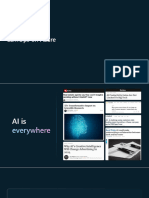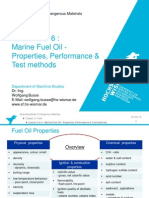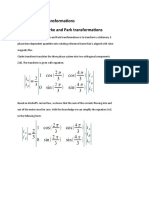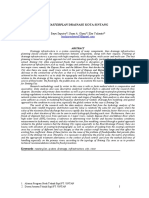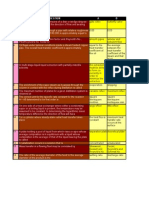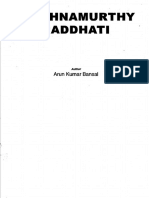0% found this document useful (0 votes)
62 views16 pagesRunning and Fine-Tuning Open Source LLMs
This document provides a comprehensive guide on running and fine-tuning open-source large language models (LLMs), covering hardware selection, model selection, quantization, serving inference, and fine-tuning processes. It emphasizes the importance of choosing the right GPUs, understanding model capabilities, and optimizing performance through techniques like quantization and caching. The guide aims to assist users in effectively managing their LLM inference needs while ensuring cost-effectiveness and customization.
Uploaded by
Prabhash MishraCopyright
© © All Rights Reserved
We take content rights seriously. If you suspect this is your content, claim it here.
Available Formats
Download as PDF, TXT or read online on Scribd
0% found this document useful (0 votes)
62 views16 pagesRunning and Fine-Tuning Open Source LLMs
This document provides a comprehensive guide on running and fine-tuning open-source large language models (LLMs), covering hardware selection, model selection, quantization, serving inference, and fine-tuning processes. It emphasizes the importance of choosing the right GPUs, understanding model capabilities, and optimizing performance through techniques like quantization and caching. The guide aims to assist users in effectively managing their LLM inference needs while ensuring cost-effectiveness and customization.
Uploaded by
Prabhash MishraCopyright
© © All Rights Reserved
We take content rights seriously. If you suspect this is your content, claim it here.
Available Formats
Download as PDF, TXT or read online on Scribd
/ 16



















































